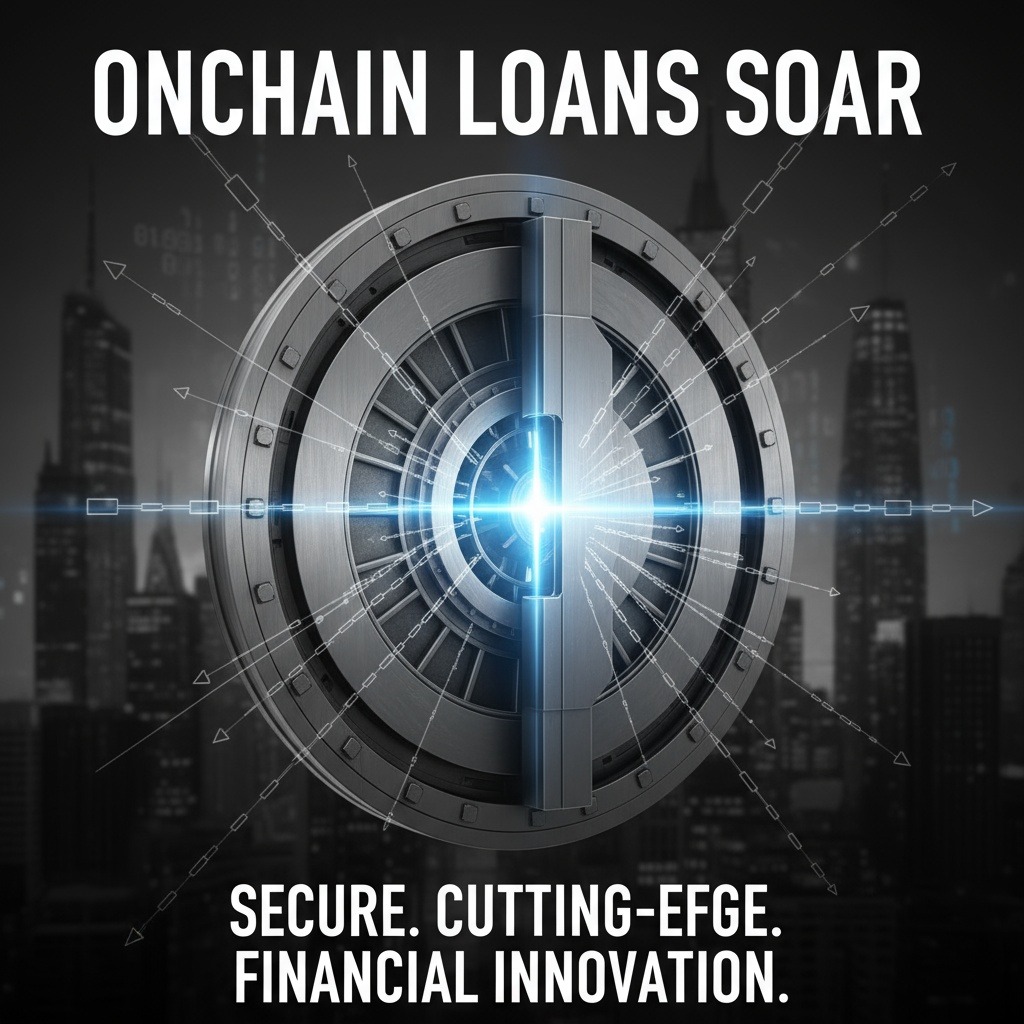Stablecoins are increasingly driving a significant portion of blockchain-based lending, with over $670 billion in onchain loans recorded in the last five years, according to a recent Visa report. This expansion goes well beyond the traditional use cases of stablecoins in payments and trading, illustrating their growing role in decentralized finance (DeFi) and institutional lending markets.
The report reveals that monthly onchain lending volumes hit $51.7 billion as of August 2025. During this period, more than 81,000 active borrowers participated, with the average loan amount reaching approximately $76,000. Borrowing rates on these platforms averaged around 6.7% between September 2024 and August 2025, notably comparable to conventional credit market rates.
Visa emphasized that stablecoins now occupy a strategic position at the intersection of payments, lending, and capital markets. While they remain widely used for transaction settlements and trading activities, their adoption in lending protocols showcases the potential to streamline and automate financial services.
The total stablecoin market currently stands at an estimated $307 billion. Among these, Circle’s USDC and Tether’s USDT dominate the lending landscape, accounting for more than 98% of stablecoin lending volume, with market capitalizations of $76 billion and $181 billion respectively.
Onchain lending activity is largely concentrated on Ethereum and Polygon networks, which together comprised 85% of the market share in August 2025. Meanwhile, Layer 2 solutions and alternative blockchains such as Base, Arbitrum, and Solana contributed roughly 11% of lending transactions.
Regarding lending protocols, two major platforms lead the sector: Aave, with a total value locked (TVL) of $40 billion, and Compound, holding a TVL of $2.6 billion. Combined, these protocols facilitate approximately 89% of the onchain lending volume, underscoring their dominant positions within the DeFi ecosystem.
Other noteworthy players highlighted by Visa include Morpho, Huma Finance, and Credit Coop. Morpho, for example, supports over $1.7 billion in monthly loans and maintains a TVL exceeding $7 billion. Huma Finance focuses on cross-border lending, managing about $500 million in monthly activity. These platforms have attracted institutional participation from entities like Coinbase, Société Générale, and Visa’s strategic partners.
The growth trajectory of stablecoin lending is partially enabled by evolving regulatory clarity in the United States. The recently enacted GENIUS Act has established the first comprehensive federal framework for stablecoin issuance and backing, providing banks and fintech firms with a legally defined pathway for deploying stablecoins.
Visa’s findings illustrate that stablecoins are no longer niche digital assets used solely for payments. Their integration into the lending and capital markets highlights the transformative potential of blockchain technology to modernize financial infrastructure and augment the efficiency of credit markets worldwide.



